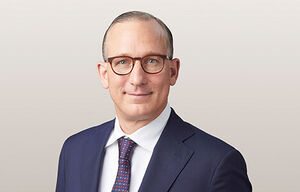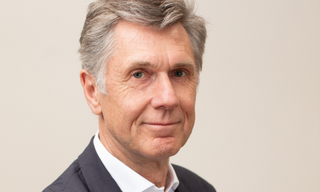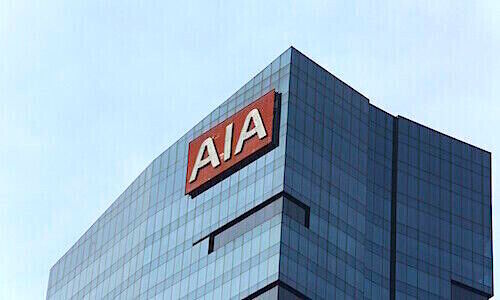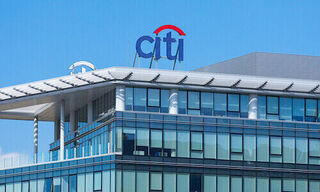The monetary policy measures taken by the world's main central banks in response to the outbreak of the coronavirus has paved the way for higher gold prices. Nevertheless, the precious metals' business as a whole has come under severe stress recently.
The price of an ounce of gold has shot past the $1,700 mark for the first time since 2012 – extending its ascent in sync with equity markets. Less than a month ago, gold stood at $1,450 per ounce. The increase is almost 20 percent for this short period of time.
«Now, the path is open for a valuation of $1,800 or more,» said Alberto Tocchio at Colombo Wealth in an interview with finews.com. Gold reached a record of $1,920 per ounce in the fall of 2011.
Gold is riding on a wave following the extremely expansive monetary policy of the U.S. Federal Reserve (Fed). With the liquidity that the Fed is pumping into markets, equities have risen and some investors will have decided to hedge against another crash by adding gold to their portfolio. Gold is a typical safe haven in times of crisis.
Silver, Platinum, Palladium on the Backburner
The surge of the gold price will keep the precious metals business busy for some time, analysts said. Two of the Swiss gold refineries have resumed their production on Monday, starting at 30 to 40 percent of capacity.
The refineries are concentrating on gold bars because that’s where demand is highest. The two companies have orders for dozens of tons of gold for delivery by the end of May, according to experts.
The orders were placed by private gold trading firms, commercial banks, and central banks. The surge in demand for gold meant that these companies can’t produce any silver, platinum or palladium before June, according to information obtained by finews.com. «This will cause further stress to the business,» said Andreas Habluetzel, CEO of Degussa Goldhandel, a gold trader.
Tense Situation in Africa
Numerous mints around the globe have been closed for business – one of which being the Rand Refinery in South Africa. It makes the world-famous Krugerrand coins. «There’s some indication pointing to a longer-term closure because the Covid-19-crisis has yet to reach large areas of Africa and as the continent isn’t as well prepared for the problem as Europe,» Habluetzel said.
A group of politicians and businessmen have joined hands to lead the fight against the virus in Africa – with ex-Credit Suisse boss Tidjane Thiam, former South African Finance Minister Trevor Manuel, and Donald Kaberuka, ex-president of the African Development Bank among them.
Inflation to Give Price a Boost
The key indicator for the future development of the gold price will be inflation. Inflation is due to accelerate once the financial and monetary policy measures taken by governments and central banks take effect.
That, in turn, is likely to give gold a boost, because the precious metal is known as a safe haven for investors that fear inflation. A price of as much as $3,500 for an ounce is theoretically on the table under these circumstances, according to Christian Kaemmerer, a technical analyst. He put his estimate, which he deemed conservative, on his online service platform TA4YOU on Tuesday.



























